1. Staging That Feels Too Perfect

When every pillow is karate-chopped and there’s a bowl of fake lemons on the counter, it starts to feel more like a set than a home. Over-staging can make people feel like they’re not allowed to touch anything, let alone live there. It creates a sense of distance rather than comfort. Buyers might admire it, but they won’t necessarily feel at home.
A little imperfection—like a cozy throw draped casually or a real book left open—can go a long way. It signals that the space is meant to be lived in, not just looked at. The goal is to inspire, not intimidate. People want to feel like they could plop down on the couch, not worry about messing up the aesthetic.
2. Overly Trendy Finishes
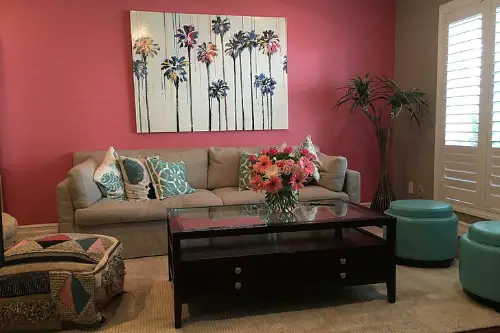
Shiplap walls, barn doors, matte black everything—these design trends can date a home quickly. When a house leans too hard into what’s hot right now, it can feel like it’s trying too hard to impress. It also risks alienating buyers who don’t share the same aesthetic. What’s “in” today might feel tired tomorrow.
Timeless design doesn’t mean boring—it means thoughtful. Mixing classic elements with a few trend-forward touches keeps things fresh without feeling forced. Buyers want to feel like the home will age well, not like it’s already on its way out. A little restraint goes a long way.
3. Generic Gray Everything
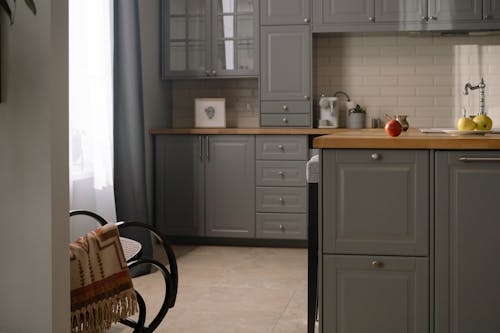
Gray walls, gray floors, gray cabinets—it’s the go-to palette for resale because it’s “neutral,” but it can also feel soulless. When every surface is the same cool tone, the home starts to feel more like a showroom than a lived-in space. It lacks personality and warmth, which makes it hard for buyers to emotionally connect. Ironically, trying to appeal to everyone can end up appealing to no one.
A little gray is fine, but layering in warmer tones, textures, or accent colors can make a space feel more inviting. Even a few wood elements or colorful textiles can break up the monotony. Buyers want to imagine themselves living there, not feel like they’re walking through a catalog. Personality doesn’t have to be polarizing—it just has to feel human.
4. No Personal Touches
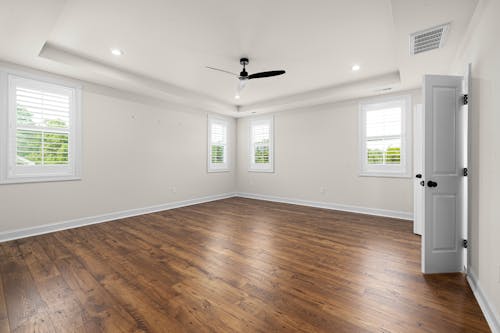
A home that’s been scrubbed of all personality can feel sterile and forgettable. No family photos, no quirky art, no signs of hobbies or interests—it’s like the house is wearing a disguise. While it’s smart to declutter for showings, removing every trace of individuality can backfire. Buyers want to see how a space can support a real life, not just a generic lifestyle.
Leaving a few thoughtful details—like a well-loved cookbook in the kitchen or a guitar in the corner—adds warmth. It helps people imagine how they’d make the space their own. A little authenticity makes a big difference. It’s about balance, not erasure.
5. Builder-Grade Everything

When every fixture, faucet, and finish screams “bulk order,” it’s a dead giveaway that the home was designed with resale in mind. These choices are often safe and cost-effective, but they rarely inspire. It can make the home feel like it was built for the next buyer, not the current one. And savvy buyers can spot it a mile away.
Upgrading even a few elements—like cabinet hardware, light fixtures, or a statement mirror—can elevate the whole vibe. It shows care and intention, not just a checklist. People want to feel like the home was loved, not just flipped. Thoughtful details make a space feel curated, not cookie-cutter.
6. Open Concept Without Purpose
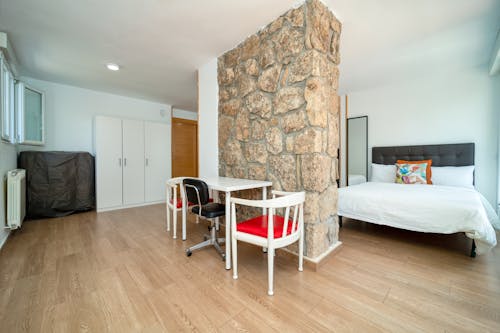
Tearing down walls just because it’s trendy can backfire if the space ends up feeling undefined. A giant room with no clear zones for living, dining, or working can feel more confusing than luxurious. It’s a common move in homes designed for resale because it photographs well and feels “modern.” But in practice, it can be chaotic.
Buyers want flow and function, not just square footage. Defining areas with rugs, lighting, or furniture placement helps the space feel intentional. Otherwise, it’s just a big box with no soul. Open concept should enhance how people live, not just how the space looks online.
7. Lack of Storage

In the rush to make everything look sleek and spacious, storage often gets sacrificed. Minimalist staging hides the fact that there’s nowhere to put real-life stuff—like coats, cleaning supplies, or board games. Buyers notice when closets are tiny or there’s no pantry. It signals that the home was designed to look good, not to function well.
Smart storage solutions—like built-ins, under-stair drawers, or mudroom cubbies—show that the home can handle everyday life. It’s not glamorous, but it’s incredibly practical. And practicality is what turns a house into a home. People want beauty and brains, not just surface-level style.
8. Identical Rooms
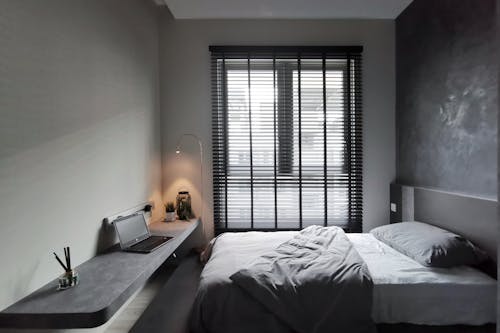
When every bedroom has the same paint color, the same light fixture, and the same layout, it starts to feel like a hotel. Uniformity might be easy on the eyes, but it can also be a little… lifeless. Homes designed for resale often play it safe by making every room a blank slate. But that can make it hard for buyers to imagine how the space could work for their unique needs.
Adding a little variation—like an accent wall, a different ceiling light, or even just a fun curtain—can give each room its own identity. It doesn’t have to be dramatic, just thoughtful. People want to feel like the home has layers and stories, not just square footage. A little character goes a long way.
9. No Outdoor Personality
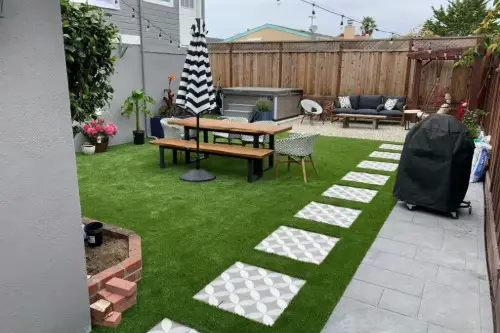
Curb appeal might get people in the door, but a bland backyard can leave them cold. Homes designed for resale often have a patch of grass, a basic patio, and not much else. It feels like a placeholder, not a place to gather, relax, or play. And in today’s world, outdoor space is more important than ever.
Adding a fire pit, string lights, or even a small garden can make the space feel loved and lived-in. It doesn’t have to be elaborate—just intentional. Buyers want to see potential, but they also want to feel inspired. A little outdoor charm can tip the scales.
10. Everything Feels “Safe”
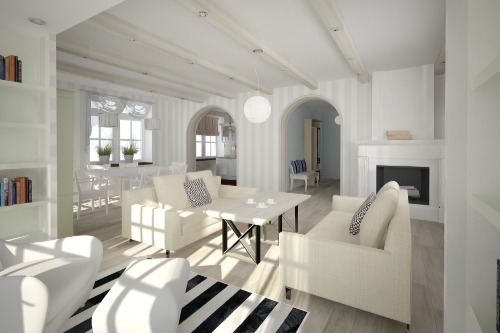
When every design choice is made to avoid offending anyone, the result is often a home that doesn’t excite anyone either. Beige walls, standard finishes, and zero risks might appeal to the broadest audience—but they rarely spark joy. It’s the design equivalent of playing elevator music. And buyers can sense when a home was built to sell, not to love.
Taking a few design risks—like a bold tile, a colorful front door, or a unique light fixture—can make a home memorable. It shows confidence and creativity, which buyers often find refreshing. Safe isn’t always smart when it comes to standing out. A little boldness can make a big impression.
This post 10 Things That Make a Home Feel Like It Was Designed Entirely for Resale was first published on Greenhouse Black.
